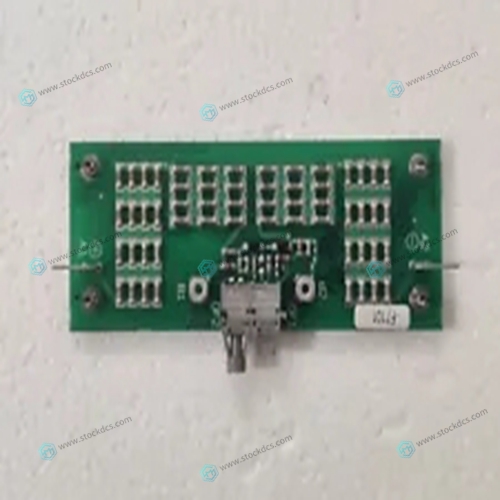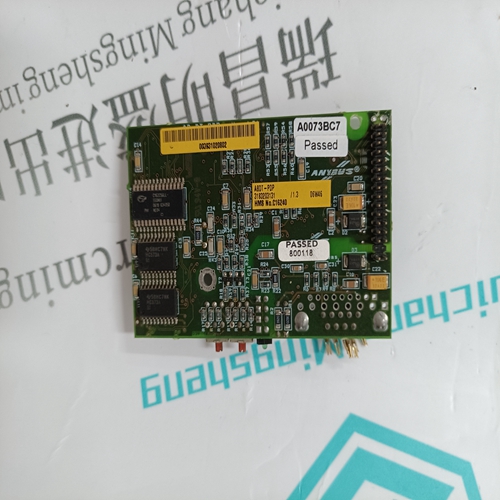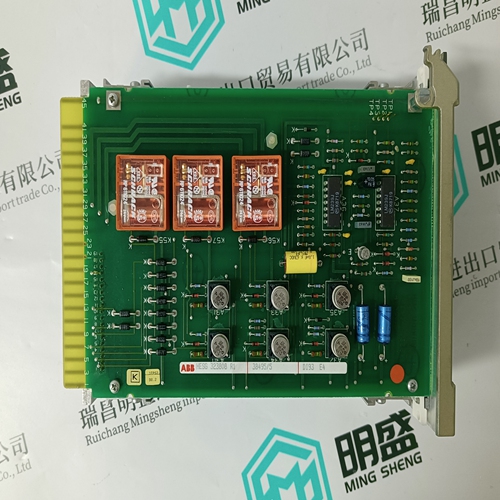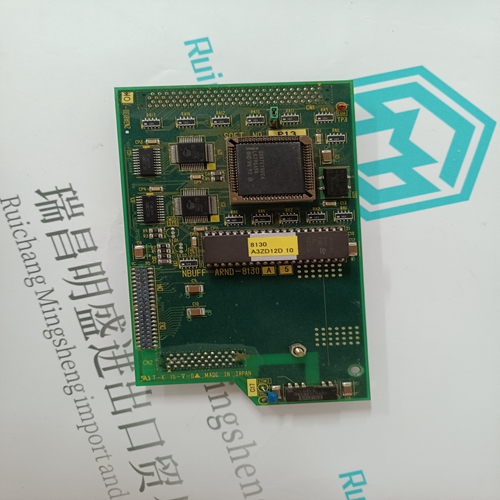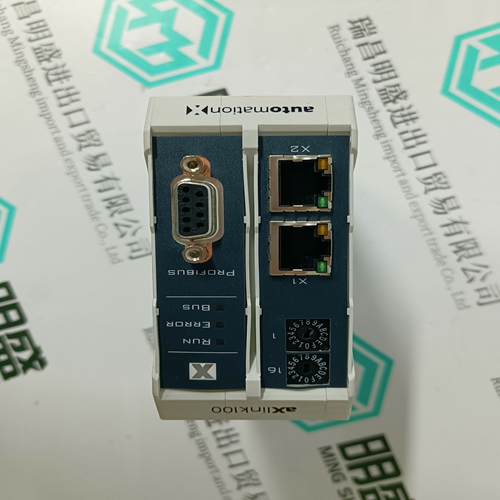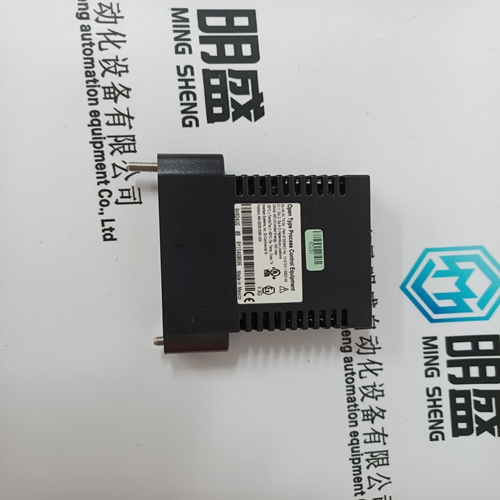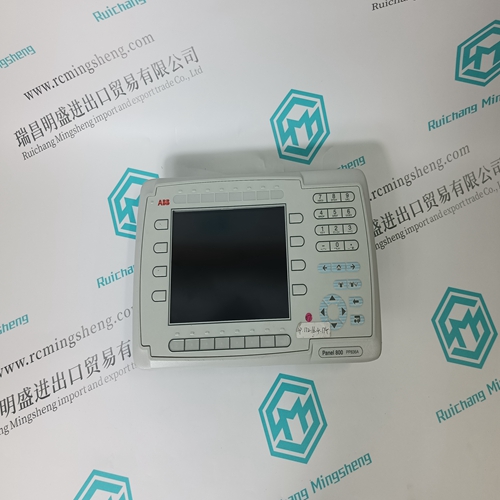Home > Product > DCS control system > ABB XVC724BE 3BHE009017R0102 XVC724BE101 module
ABB XVC724BE 3BHE009017R0102 XVC724BE101 module
- Product ID: XVC724BE 3BHE009017R0102 XVC724BE101
- Brand: ABB
- Place of origin: The Swiss
- Goods status: new/used
- Delivery date: stock
- The quality assurance period: 365 days
- Phone/WhatsApp/WeChat:+86 15270269218
- Email:stodcdcs@gmail.com
- Tags:ABBXVC724BE3BHE009017R0102XVC724BE101module
- Get the latest price:Click to consult
ABB XVC724BE 3BHE009017R0102 XVC724BE101 module
A blinking mark appears in the area message field if one or more block–related messages occur (e.g the upper limit value OG for controller 12 (R12). After the area display has been selected, the associated group message field is displayed as a blinking mark next to the name of the groups where one or more alarms have occured. After a group display with a blinking group message field has been selected, the associated loop message field is shcwn as a blinking mark next to the name of the loop where one or more alarms have occurred. The loop message field changes to a steady display after the loop has been selected. This means that the fault has thus beem acknowledged.
The higher–order display fields of group
area display blink if at least one unacknowledged alarm is present in the loop. After all alarms have been acknowledged, the higher–order display fields are steady if at least one alarm is present in an associated loop display. Both the group message field in the area display and the loop message field in the group display thus represent a summary of the current status of the lowest level. The area message field is an exception as far as the display selection is concerned. The blinking mark in this field changes to a steady display after all group displays showing an alarm have been selected, not after selection of the loop displays. The light marks in the display fields are extinguished after the associated messages have disappeared, even if acknowledgement by selecting the display has not been performed
The function blocks with normalized
representation have the following features in addition to processing functions: – Direct operator control and monitoring via process communication keyboard and loop display. – Loop display as normalized representation. Parameterization instructions can be used to replace the default values for the mnemonic names in the block list (e.g.W, X, Y, etc.) with other names. This does not apply, however, to the block type name (e.g. R). If, using a parameterization instruction, the second character (i.e the second position in the S2 string) of the mnemonic name of an operator–controllable input has been parameterized with “*” (e.g.W*), this input can no longer be controlled. The process communication keyboard shows a blank for this input. If, using a parameterization instruction, the second character of the mnemonic name of an operator–controllable input has been parameterized with “$”, this input can no longer be controlled. It is no longer shown on the process communication keyboard and no function key is assigned to it.






after-sale service
Focus on sales of imported industrial automation equipment
1 year professional warranty service
Our large inventory contains current and outdated products in the automation industry, if you are looking for new leftovers Products. We are knowledgeable and friendly about all outdated and legacy automation, our remaining products or discontinued parts Our internal team tests each part before delivery. Good colleagues can help you get what you need,All parts sold by AMIKON are actually in stock. With our competitive prices, we will This makes emergency transportation a solution to emergency shutdown. Haodi provides you with the necessary parts inventory A simple solution to the situation.
